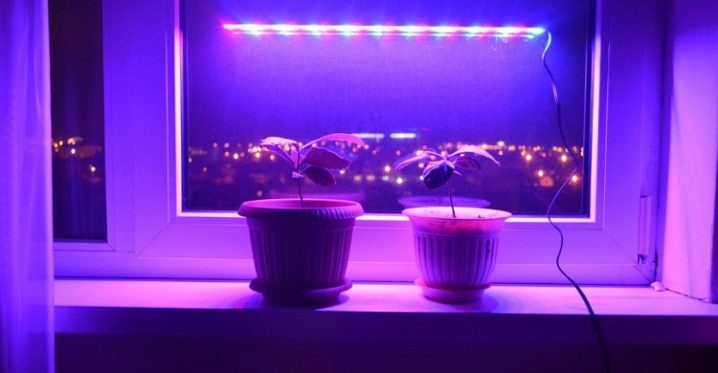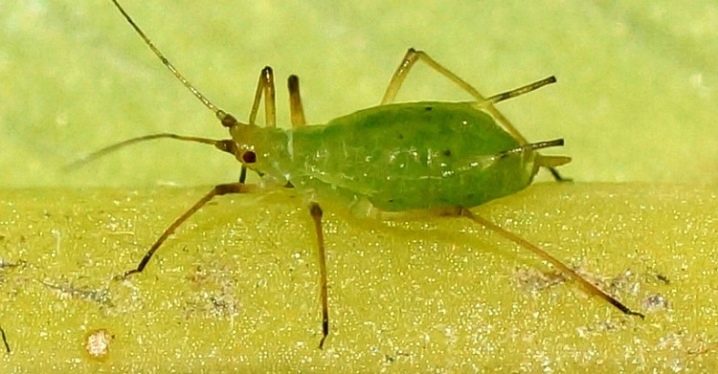Violet leaves soft and lethargic: causes and elimination of wilting

Home violets are very capricious and delicate flowers, sensitive to all changes in external factors. They immediately react to any violation of habitat conditions by wilting leaves. In most cases, you can save the plant - for this you need to correctly establish the cause of the unpleasant phenomenon and take timely measures to resuscitate your green pet.
Care errors
If the leaves of the violet become soft and lethargic, and the stems curl, then in 90% of cases the reason lies in care errors. Unfortunately, no one is immune from such troubles. Most of these reasons can be easily dealt with if you start fighting to save the flower in time.
Timely care and careful maintenance will significantly increase the plant's chances of survival.

Insufficient lighting
Violets need good lighting for full growth and development, they need at least 12-14 hours of daylight hours. In summer, natural insolation is enough for the plant, but in winter, the flower needs additional illumination. Usually, special LED or fluorescent phytolamps are used for this. Experienced flower growers recommend giving preference to the first option, since in this case the air near the flower does not overheat, and much less electrical energy is consumed.
When choosing the right model be sure to take into account the spectrum of the glow, it should be yellow, as close to the sun as possible. However, if you do not have a special phytolamp, then the most common fluorescent one with white light will do, just try to keep it with a lower glow.
Please be aware that excess lighting also negatively affects the condition of the violets - scorching direct sunlight often burns the leaf plates and the rosette dries out. That is why try to avoid placing the flower on the southern windows, and if there are no other options, then be sure to cover the window with tulle or cover the glass with reflective film. If the reason for the wilting of the leaves is associated with lighting errors, then you should just carefully cut off all damaged leaves and create a plant optimal light conditions.

Irrigation disturbances
As a rule, when planting, violets are buried quite close to the surface, so irrigation should be done with extreme caution and delicacy. With a strong pressure of a stream of water, the roots begin to bare and dry out, as a result, the plant receives less nutrients, and the leaves begin to fade. Watering should be regular, but moderate. Any waterlogging of the soil in the most destructive way affects the condition of the flower. In this case, it is necessary to remove the plant from the pot, cut off all rotten roots and plant in new soil.
At the same time, in the overdried substrate, violets do not grow and do not give flower stalks, and the leaves dry up and wither. In this case, fixing the problem is very easy - you just need to add water to the flower pot. The violet should be watered 2-3 times a week in the summer and once in the colder months.
It is advisable to do this through a pallet or a watering can with a long spout so that water splashes do not fall on the shaggy leaves.

Incorrect feeding
Everyone knows that a lack of nutrients worsens the condition of a flower, but it should be borne in mind that an excess of mineral components causes them no less harm.The plant is demanding on fertilizers, especially in the spring, when the active growth of green mass begins, and the flower is preparing for budding. Usually, after transplanting, the violet is not fertilized for about a month, and the rest of the time, fertilizer is applied twice a month from March to October, and during the rest period - once every 30 days.
For feeding, use ready-made complexes specially made for violets. During the period of bud formation and flowering, preference should be given to preparations without nitrogen. Otherwise, the leaves grow unnaturally, but at the same time become friable. In this state, any violation of the conditions for keeping the flower causes wilting of the leaf plates.
If the grower knows that he missed the fertilization, you just need to add it. But when the plant has become a victim of oversaturation with minerals, it can only be saved by transplanting it into a fresh substrate with a slightly acidic reaction. To do this, the sod land is mixed with compost and peat or rotted needles are added, and a little vermiculite or perlite is introduced to make it friable.
However, the ready-made mixture can always be purchased at a specialized store.

Air parameters
Violets require maintaining normal room temperature at 18-23 degrees, and the optimum humidity level is 60-70%. At the same time, violets can tolerate slight waterlogging of the air, but dry air is detrimental to the leaves, therefore flowers should not be placed near radiators or other heat sources. It will be useful to turn on a humidifier or indoor fountain from time to time.
Keep in mind that you cannot spray the leaves from a spray bottle - they die from moisture. Correction of the habitat of the plant can improve the condition of the leaves in the shortest possible time and cause abundant flowering.
Diseases
This option is much more dangerous, since it can be quite difficult to recognize the disease. However, in most cases it is still possible to save the flower, but for this it is necessary to correctly diagnose and, of course, isolate the plant from other green pets. Most often violets get sick fusarium and late blight, they manifest themselves in the appearance of spots on the leaves, followed by their withering and dropping.
With late blight, the leaves become lethargic, loose and begin to lose their elasticity, in addition, rusty spots can be seen on the plates. It should be noted that this disease is successfully treated, to begin with, you should cut off all damaged leaves and roots, transplant the plant into a new container with fresh soil and treat it with fungicidal preparations, for example, Fitoverm is highly effective.
If a violet gets sick with fusarium, then the leaves turn brown and fall off, and the roots darken. Unfortunately, there is no need to cherish special hopes for the restoration of the flower - in most cases it dies.

Pests
Parasites, as a rule, live on the green part of the plant and in the root zone - in these places they receive a sufficient amount of moisture, so they can intensively develop and multiply. The first sign of damage is wilting of the leaves, but if you do not take urgent measures, then in a short time the flower dies, so urgent resuscitation is needed. If you noticed that the leaves of your violet have grown, sank, become loose and darkened, then you should take a closer look at the leaf plates. Usually pests are clearly visible even with the naked eye, and even if the insects themselves are invisible, the damage they caused is striking - such leaves are usually covered with eaten holes.
Most often, the violet is attacked by aphids, spider mites, scale insects and root worms. Aphids are easiest to notice - they are quite impressive in size and visually resemble small midges. But it is not so easy to notice ticks, they affect both leaves and roots, the violet becomes lowered, and small holes form on the leaves... The scabbard leaves a sticky coating on the leaf plate, in addition, many dark dots can be noted on the reverse side. To treat a flower, it is necessary to wash off the insects with a concentrated solution of laundry soap, then transplant the flower into a new soil and, if necessary, treat it with fungicides approved for use at home.
































The comment was sent successfully.